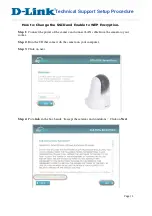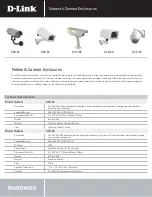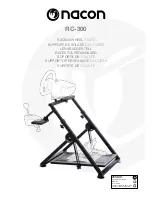
EnergyCell Batteries
900-0227-01-00 Rev A
7
Figure 2
Battery Life
70°F 80°F 90°F 100°F 110°F 120°F 130°F
21°C 27°C 32°C 38°C 43°C 49°C 54°C
Temperature
100
90
80
70
60
50
40
30
20
10
% of E
x
pec
ted
Life
Self-Discharge
All EnergyCell batteries will discharge over time once charged, even in storage. Higher storage
temperatures increase the rate of self-discharge. Fully charged, the natural (“rest”) voltage of all
EnergyCell batteries is approximately 13.0 Vdc. A battery should have a freshening charge
(see page 12) if its rest voltage is below 13.0 Vdc per battery (2.16 Vdc per cell). A battery
should not be used if its rest voltage is 12.0 Vdc or lower upon delivery. Contact the vendor
upon receiving a battery in this state.
Storing EnergyCell PLC Batteries
The EnergyCell PLC batteries must be given a freshening charge every 18 months when stored
at 77°F (25°C). If stored in higher temperatures, the charge should be more often.
Capacity
Battery capacity is given in ampere-hours or amp-hours (Ah). This is a current draw which is
multiplied by the duration of current flow. A draw of
X
amperes for
Y
hours equals an
accumulation of
XY
amp-hours.
Because the battery’s chemical reaction constantly releases energy, its amp-hour capacity is
affected less by lighter loads. The battery has greater capacity under lighter loads.
For example, if the EnergyCell PLC is discharged at the 48-hour rate to a voltage of 1.75 Vpc
(a load expected to effectively drain 100% of its capacity in 48 hours), it will be measured to
have 191 amp-hours. However, at the 4-hour rate, a heavier load, only 140 amp-hours will be
measured. For all tested discharge rates and amp-hours, see Table 3 on page 19.
The EnergyCell 200 PLC is named after its capacity at the 100-hour rate when discharged to
1.75 Vpc.
State of Charge
The EnergyCell SoC can be determined by
two methods. One is to measure its voltage.
This is accurate only if the batteries are left
at rest (no charging or loads) for 24 hours
at room temperature (77°F or 25°C).
If these
conditions are not met, then voltage checks
may not yield usable results.
If they are met,
then on average, a battery at 13.0 Vdc will be
at 100% SoC. A rest voltage of 12.2 Vdc
represents roughly 50% SoC.
The more accurate method is to use a battery
monitor such as the OutBack FLEXnet DC.
Using a sensor known as a shunt, the monitor
observes the current through the battery.
It keeps a total of amp-hours lost or gained by
the battery and can give accurate SoC readings.






































